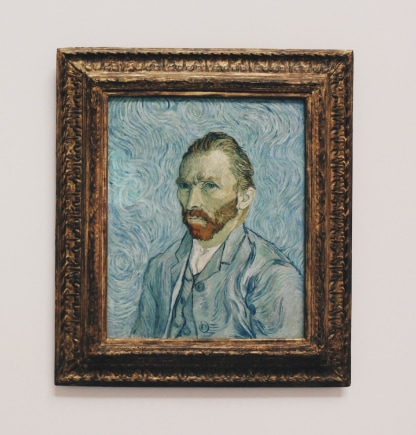
What is art?
Is there really a concept in the world that can give as many definitions as the word ‘art’?
Personally, I think there is no field where ‘individual opinions’ are respected as much as art. If there are 100 people in the world, there are probably 100 definitions and categories of art. An individual will make countless different definitions based on his or her experience, by learning based on his or her experience, by his or her taste, for his or her purpose, and by his or her willingness to appreciate it. Some may call it “a sublime beauty,” some may just be seen as an object of “fun,” and others may denigrate it as “a trivial thing without value.”
Art that shows the possibility of such a wide and infinite definition is already unrestricted from its beginning. There is no subject, object, or audience that performs art. From hunting by painting animal paintings on cave paintings in the past to paintings used for religious offerings in the Middle Ages, to romanticism beyond the Renaissance and Baroque periods, to the world of endless art in modern times. Art was used as a means and method with many purposes and intentions.
Art, which has changed its form countless times according to the times but has always been a big axis of human history, is not limited to the art world. Performing arts such as plays have always been an important cultural element, and in modern society, they are getting closer to us by expanding their power to various performances, concerts, and musicals. Visual art also leads to infinite attempts due to the modern spirit of challenge and various work materials, as well as exhibitions, music, and dance. Art, which was created by only some experts and consumed by only some upper classes in the past, has long been broken down. As times change, a vast amount of “writers” are giving out so-called “works” one after another. And the form is more diverse than imagined, and it’s getting new day by day. The works that surprised the world by referring to one toilet as “Sam” in the past do not look strange anymore.
If so, how far should we dismiss it as art?
If clear purposes and intentions are the main factors in defining art, how do you judge art when its purpose is “no purpose” or when the subject of the action is hard to think about (e.g. when gorillas actually paint and hold exhibitions?) If only “visual beauty” is the main criterion of art, how do you see works that are not beautiful and uncanny? The significance of art is too great to choose only one of the numerous values, such as the functional characteristics of art, such as psychological comfort, visual pleasure, educational purpose, and reflection of social phenomena. Ironically, however, there is a question at some point that bothers me to embrace all of these just because they are ‘artistic’.
“What is the category of art and how should it be valued?”
Even if you continue to worry about this, there will be countless opinions as there are various definitions of art. This is because the standards and values that each puts first are different. And unless there is an anti-human element in it, these standards deserve to be respected. This is because it is not a matter of the extent to which one can argue about the judgment made by an individual. Of course, even if you are free about what to see as art, there may be a “good work” that many sympathize with depending on the nature of human beings and the sequence of socially learned values. But what’s important is that the “good work” that many say is not necessarily guaranteed to be good for me, and we also have the freedom to hate it as much as we have the freedom to like it.
Perhaps this issue is not very important unless you are a person in the relevant industry. However, in this era when people live close to countless artworks and anyone can easily create and share their stories, it is a topic that they want to think about if they want to be treated as “art.” In addition, it will help foster a social awareness of whether what should not be done under the mask of “art” is acceptable, and an eye for choosing art that contains “values suitable for you” among flooded artworks.
Of the five human needs Maslow said, perhaps art is the best way to express the highest “desire for self-realization.” It expresses one’s values, reasons for existence, ideals pursued, and traces of life in various ways and methods. Therefore, even if it is an art that is difficult to sympathize with, it is difficult to treat it with unconditional hostility, and the attitude to appreciate and enjoy it with an open mind as much as possible is also a virtue for a person living in the 21st century.
